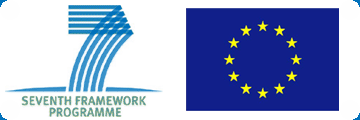Indian Development Cooperation: Key Traits and Prospects

By John Humphrey, Institute of Development Studies, UK
Policy Brief No 16 – March 2011
For more than half a century India has played an important role in global development - as a founding member of the non-aligned movement in 1961 and as an active member of the G77 group of developing countries in the United Nations. Over this period, India focused its development cooperation programmes predominantly towards countries within the South Asian region, although its technical cooperation programme, ITEC (Indian Technical and Economic Collaboration), established in 1964, has provided technical expertise to a broad range of countries.
The scale of this aid programme was small and remains so. Establishing the size of such programmes for non-DAC donors is not easy. Development cooperation programmes are frequently fragmented across multiple agencies and these may include items that both fall within the DAC definition of what constitutes aid and fall outside it. India is no exception. However, observers agree that India's development cooperation budget is modest. Estimates for 2005 range from $100-200 million (Kragelund 2008: 68) to $574 million (Chanana 2010: 2). Bilateral aid is increasing, but not dramatically. Although India has increased its focus on Africa, the most important recipients of grants from the Indian government are still in the South Asian region. In 2008-9 the largest recipients of grants from India were Afghanistan, Bhutan and Nepal. Read the full policy brief
